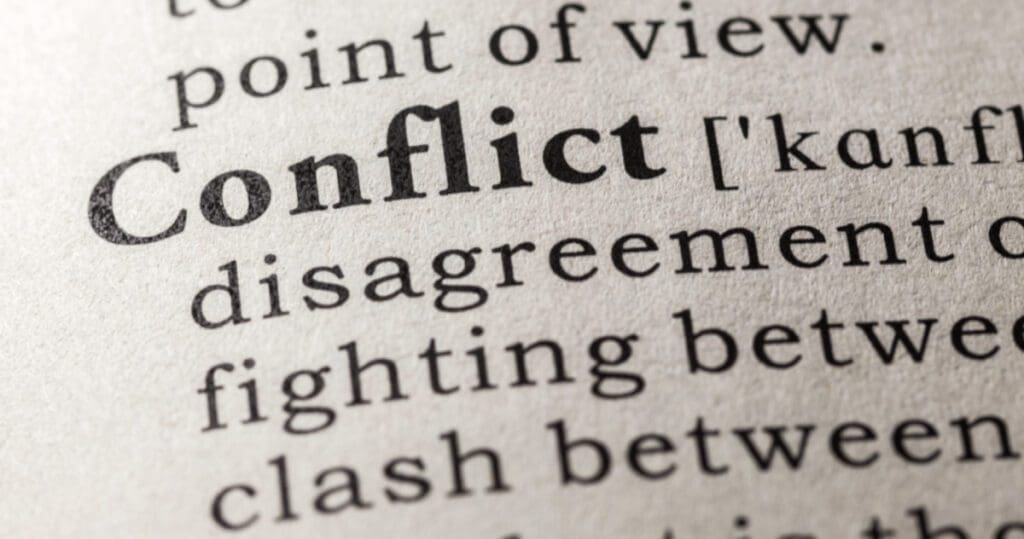There is so much polarization in our world today. And it is not just political.
Polarization is on full display at all levels of the Church today… hierarchy, clergy, laity, vowed religious.
Is this the first time in history that the Church has been so divided?
Certainly not!

Pope Francis as “lightning rod
Pope Francis has in many ways become a lightning rod for both the left and the right. Some think he has gone way too far. Others think not far enough.
The same dynamic is at work in people’s attitudes to Vatican II!
Earlier Popes faced new situations
One hundred thirty years ago, Pope Leo XIII tried to get Catholics the world over to face “the new things” that were happening in the Industrial Revolution. In an encyclical called “Rerum Novarum”, he called for the church to come to grips with these “new things.”
Over 60 years later, Pope St. John XXIII was deeply concerned about the impact of the changes that continued to happen through two world wars. Catching the Catholic world by surprise, he called all the bishops in the world together to discuss these “new things”.
His signature word was “aggioramento”. “Aggiornamento” was roughly translated as “Updating.”. He used the image of removing barnacles from the bark of Peter.
So he convened the almost 3,000 Bishops for a discussion of the Church in the modern world.
Now Pope Francis calls for a worldwide three-year process to listen to the Spirit and the cries of those on the margins.
We continue to experience even more unprecedented changes. The digital revolution supercharged changes unimaginable even just 20 years ago!
His watchword is ”synodality.” He describes it as “walking together” listening to the Spirit
Back to the Future Today
Only thirty or so years after Jesus’ death and resurrection, Peter, the first Pope, had to deal with deep polarization between religious leaders and those following this “new way.”
Devout Jews centered their whole lives around their scriptures, a set style of worship, and detailed dietary laws held sacred for many generations.
But even within this, there were the clashing mindsets of the religious leaders known as Pharisees and the Sadducees.
Then came Jesus spreading “Good news.” It caught on … even with Gentiles!
Peter faced polarizing issues of dietary laws rooted in the holy law of Moses.
- Did people have to become Jewish before they became Christian?
- How should established religious leaders react to culturally different Gentiles?
- Could they abandon the sacred laws spelled out by religious leaders generation upon generation?
Acts of the Apostles
In the Acts of the Apostles, I now see two mindsets in tension.
One mindset focused on the challenges of keeping the tradition as they knew it.
The other focused on the opportunities and challenges of adjusting to a changing world.
Both are legitimate values…
Neither group really understood the other. Yet, there was something about Christ and his life, death, and resurrection that attracted people in each group.
So Jewish Christians had to think more deeply about Jesus’ saying not to put new wine into old wineskins.
Peter, the first Pope, after listening to Paul and the Spirit, then says, “It is the decision of the Holy Spirit and of us not to place on you any burden beyond these necessities…” (Acts of the Apostles) Notice it is the first Pope who decided after listening to the people and being challenged by the Spirit!
The spirit of this first Council in Jerusalem was a process of discernment, listening together to the Spirit.
Do we trust the Spirit speaking through sometimes unfamiliar voices?
- Are we listening to new voices and the Spirit?
- Do we need to listen to the voices of minorities, the discarded and the excluded, as Jesus and then his vicar Peter did?
- Can we identify our prejudices and stereotypes hindering our listening to Spirit?
Originally posted on Vincentian Mindwalk







0 Comments